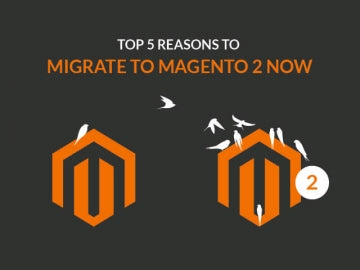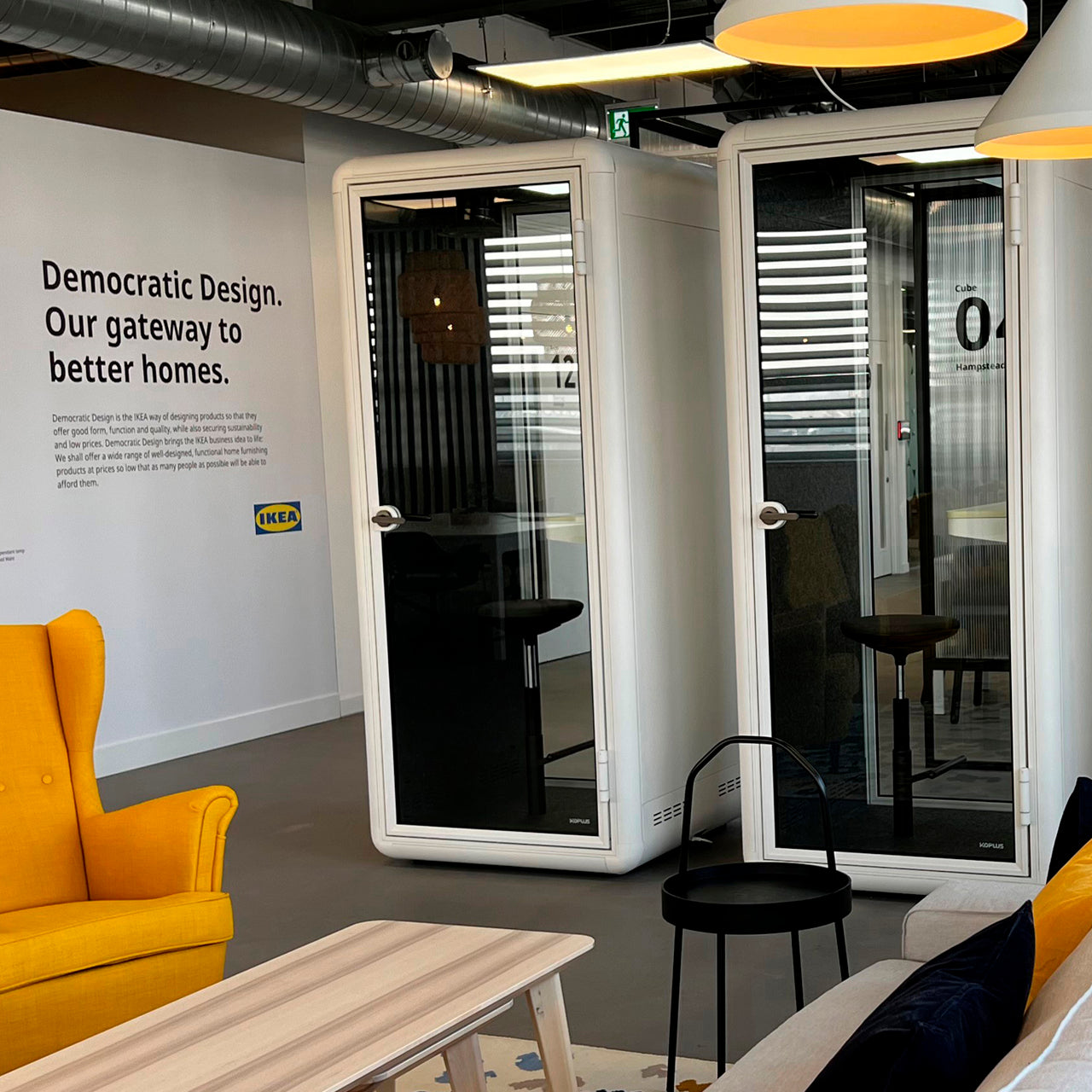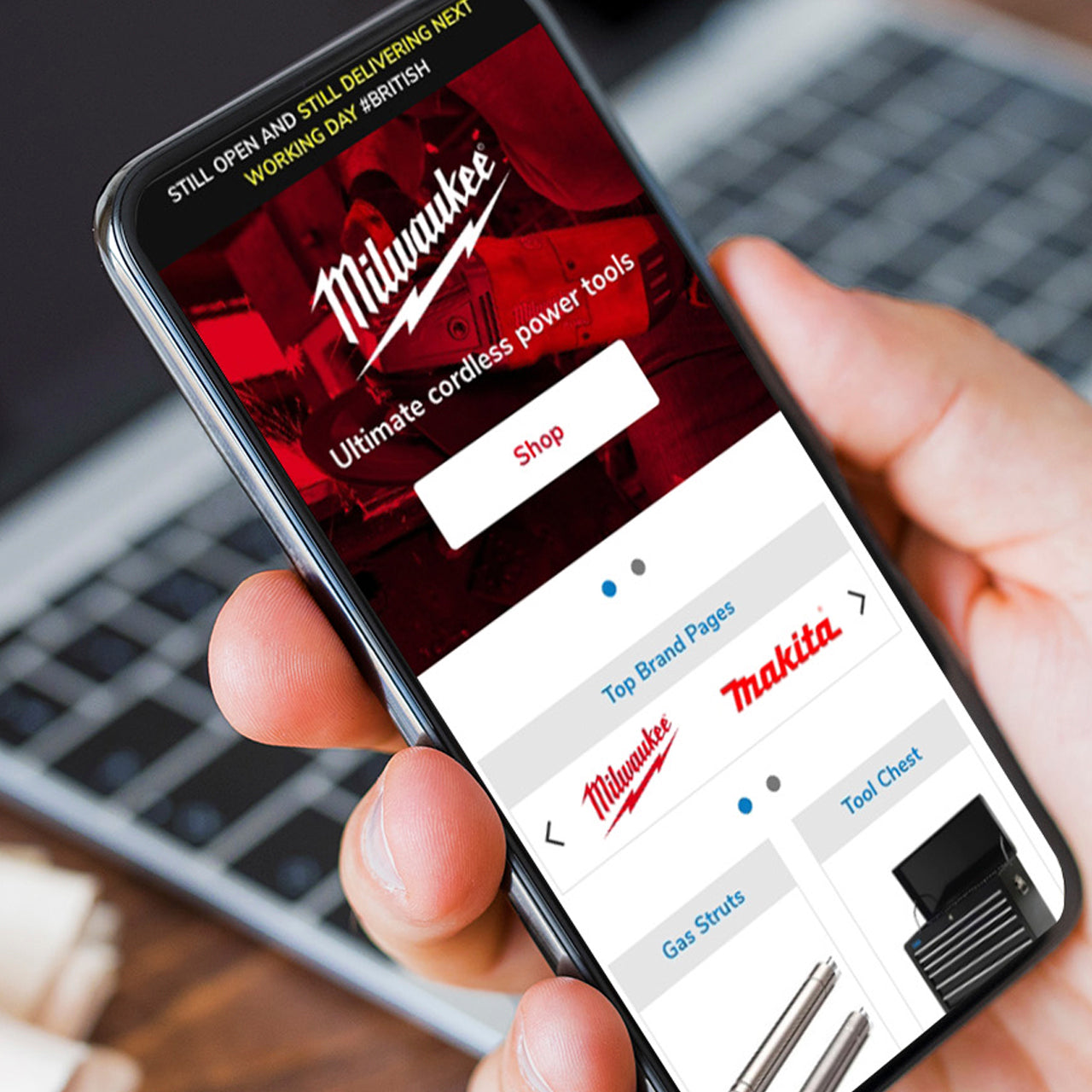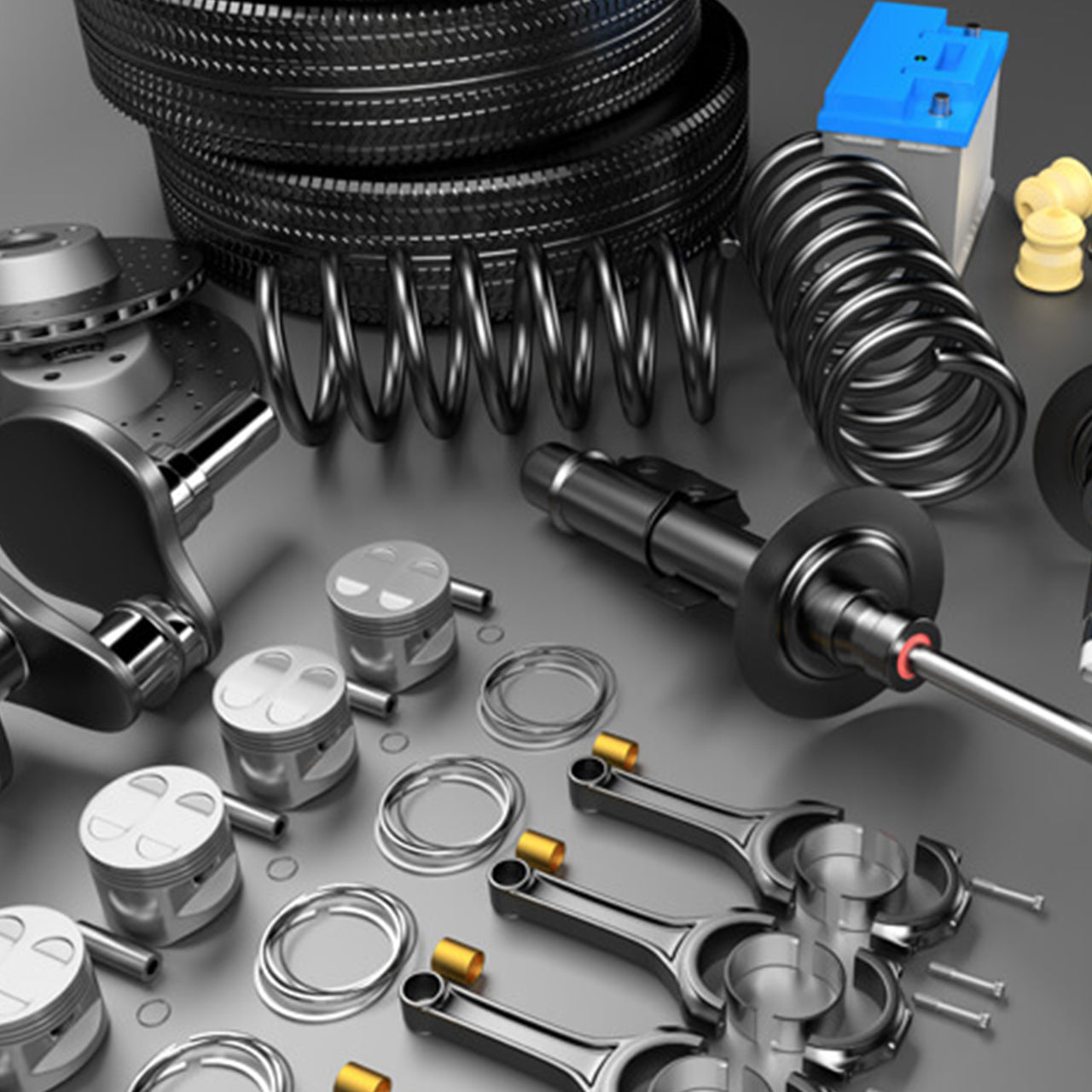Top 5 reasons to migrate to Magento 2 now!
28 June 2019

Migrate to Magento 2 now!
Magento is a market leading ecommerce platform used by hundreds of thousands of businesses of all sizes across the globe and is developed by the company of the same name (now part of the Adobe group). To provide you with an insight into the significance of Magento as an ecommerce platform consider this: it is currently employed by 19,627 websites in the United Kingdom alone (according to BuiltWith).
Speaking to existing clients and prospects, who are currently using M1, we’ve discovered that there is a great deal of confusion surrounding the differences between Magento 1 and Magento 2, and when or if they should upgrade. To help you make this decision we’ve outlined below the difference between the versions of Magento and the key benefits of upgrading to M2.
Differences between Magento 1 and Magento 2
The most widely used version of Magento currently is Magento 1. The end of life for this product has been announced as June 2020 after which security support for this version won’t be provided by Magento. Planning well ahead, Magento collected feedback and invested heavily in research and development to produce new features to replace the M1 version. The feedback from the community and the new features produced by the Magento team were incorporated into the ecommerce platform to create its latest incarnation: Magento 2 (M2).
The M2 platform is already recognised as a top ecommerce system and is provided in two versions:
- Magento Open Source is the free version of M2 and is an out-of-the-box ecommerce system, the ideal solution to upgrade to if you’re currently on Magento Community Edition.
- Magento Commerce is the licensed version of Magento 2, and is ideal for larger businesses currently running on M1 Enterprise. These businesses should ideally be turning over £1M+ in sales and requiring features such as a large volume of concurrent users (admin and customers) accessing the system, multiple non-product content pages (Page Builder), multiple storefronts / currencies / languages, extended B2B functionality and scalability (the ability to split servers for front-end and back-end hosting).
Why upgrade to Magento 2 now?
As M1 is being phased out, over time the wider Magento ecosystem will concentrate on developments for M2 as it becomes the most commonly used version of Magento, leaving users still on M1 with a smaller pool of developers and agencies to choose from and support them. We predict that this most likely will involve inflated rates being charged as a result for M1 support. The lack of security support from Magento also means that any fixes will have to be applied on an ad-hoc basis by a non-Magento third-party, so quality control will be an issue. Added to this, no new features have been added to M1 for the last couple of years i.e. since M2 was launched, so any innovations that have occured in the meantime are not in its core files. Magento 2 also runs natively on PHP 7.2 which offers significant security and speed advantages over the now obsolete PHP 5.6 that M1 runs on.
- Get ahead of the curve: To avoid finding yourself in the previously described scenario it is best to plan ahead and migrate to Magento 2 well in advance of the deadline. A much overlooked factor is that the development of a M2 website, as with any large website development, can take months and involve coordination of work between multiple parties for integrations, plugins and development of custom features. So, leaving your upgrade to M2 until the last minute will potentially result in a rushed, expensive development job in order to hit the deadline. Plus your ‘ideal’ Magento Partner may be too busy to accommodate your project!
- Greater design flexibility: If your website has not been updated for quite some time, now is the perfect opportunity to introduce a modern new look. Absolute has put substantial development into its own M2 responsive theme, which we use for the building blocks of all of our M2 projects. For clients with a lower design budget, this allows us to heavily subsidise the planning, design and front end process, while delivering a proven theme with great features such as multi feature carousel, mega menu and speed optimisation.
- Increase sales: Using new features such as Instant Purchase you should see an increase in your online revenue as the checkout process is streamlined and barriers to completing a sale are significantly reduced. Furthermore, you have much more control over submitting / editing your website sitemap to search engines, and features such as Visual Merchandising (Commerce only) that will facilitate the more intelligent organising of products, improving the overall user experience and driving sales for your most profitable products
- More intuitive interface: Magento 1 had an old, ‘blocky’ user interface with the menu running along the top of the page. The interface has been redesigned, better organising content and employing a larger, more user-friendly icon-based buttons. The new menu now slides in from the left-hand side, allowing for quick access to your dashboard, products, sales, reports and other key sections of the ecommerce system. The new interface is designed intelligently to maximise productivity, allowing for more efficient administration of your customers data and products.
- Easier faster updates: Magento 2 is faster than its predecessor, pages load quicker, Varnish caching is now built in and adding items to the cart is faster, all of which are known to have a positive impact on overall user experience and is translated in increased sales
Magento 2 case study
We have recently delivered a powerful M2 website for Alan Paine, a luxury knitwear and shooting retailer, migrating them successfully from Magento 1 to M2 (Open Source). We established a contemporary, fully responsive website for the retailer, with multiple storefronts to allow it to better engage with its overseas customers in the Americas, Europe and Sweden through Magento’s store switcher and geolocation functionality which alows autoselection of the stores for the users. Read more about how Alan Paine has succeeded using M2 here.
What if M2 isn’t for me?
Although M2 is a extremely flexible and powerful system it is not the best fit for every business. If you find that M2 is too complex, you don’t require extensive third party (ERP) integrations, your online sales are on the smaller side and / or you just require a standardised user journey for a limited number of products, then we can also assist. In this scenario we can work with you to find more suitable alternatives. Find out more about our alternative ecommerce platform and how our clients have been able to achieve their goals.
Book a webinar for M2
Would you like to find out more about M2 and how you can employ the features of the system to improve your business or just simply want to see the system in action?
Then sign up for our Magento 2 webinar - ‘migrating to M2 - what I need to know’ where we will cover all of these points in detail.
Contact Us to discuss how we can help increase sales and boost your online performance!
INSIGHTS
20 February 2025
100% Client Coverage for Urgent Adobe Security Patch APSB25-08 - February 2025
CASE STUDIES

Pantherella
Magento 1 migration, front-end development, and Magento 2 support for sock manufacturer Pantherella. Learn more about our work with Pantherella.
-
Magento -
-
Support

Fired Earth UX Improvements
Absolute worked with Fired Earth to deliver a programme of UX improvements.
-
Magento -
-
Support

Furnify
A modern homepage redesign with customer UX in mind, from design stage to using Magento 2’s powerful pagebuilder to make use of the latest functionalities.
-
Magento -
-
Support

SGS Engineering
Magento 1 to Magento 2 Open Source Migration Success for SGS Engineering.
-
Magento -
-
Support

Fired Earth
A design and user experience study for a legendary lifestyle brand plus migrating their ecommerce store from Magento1 Enterprise to M2 Commerce Edition.
-
Magento -
-
Support

Embody
Driving revenue and improving overall performance for Embody, using our expertise in Magento, eCommerce, UX, and web design and development.
-
Magento -
-
Support

Powerful UK
Launch control for a 4x4 parts Magento 2 store.
-
Magento -
-
Support
Are you excited to get your next project up and running? Or are you unsure what is dragging you down?








